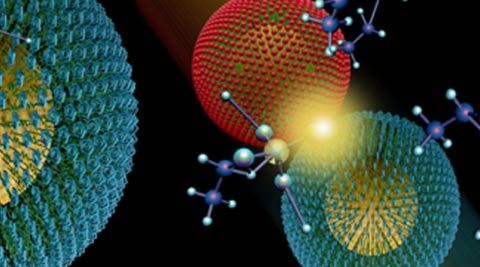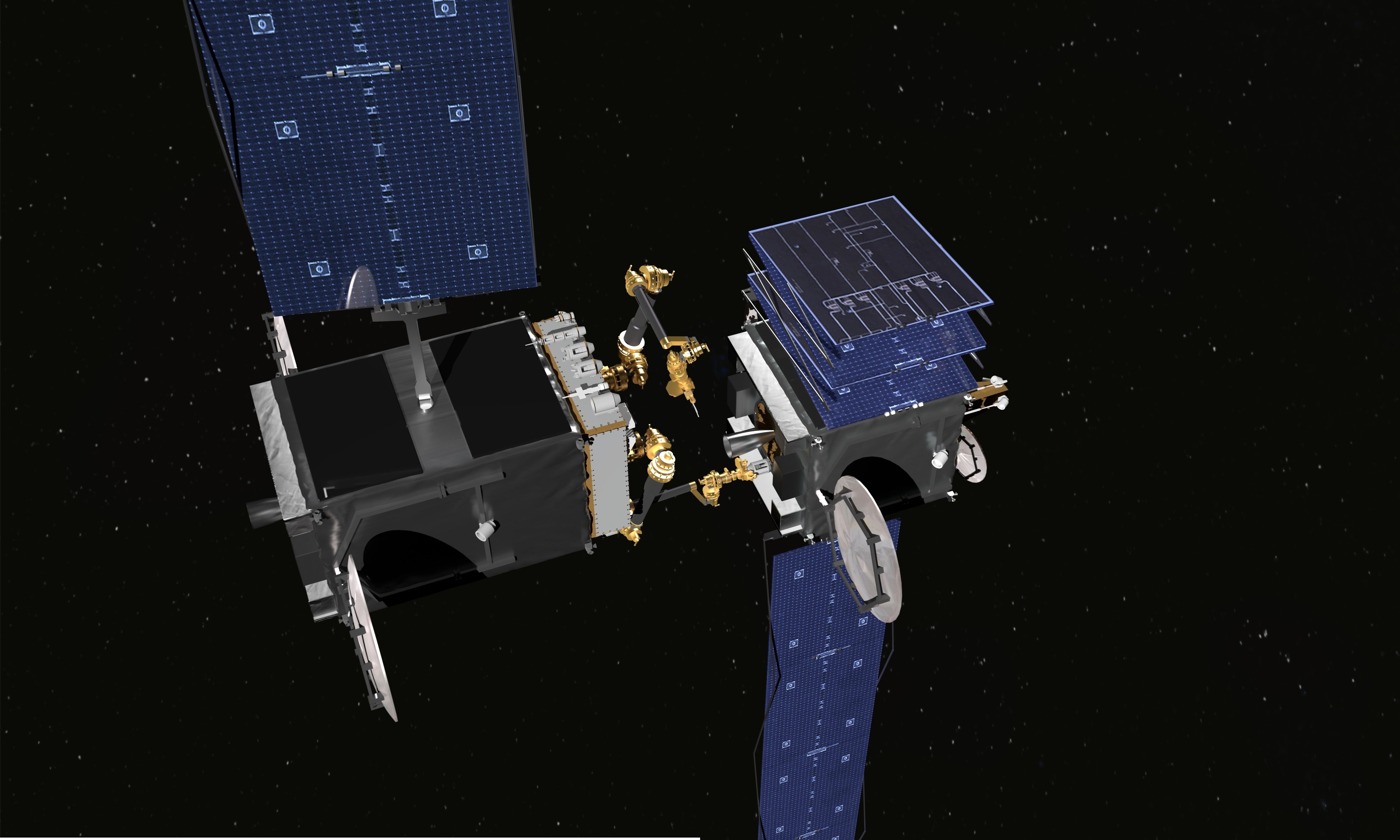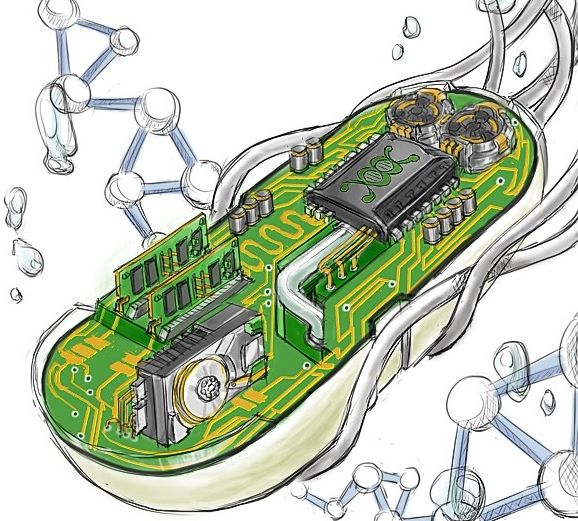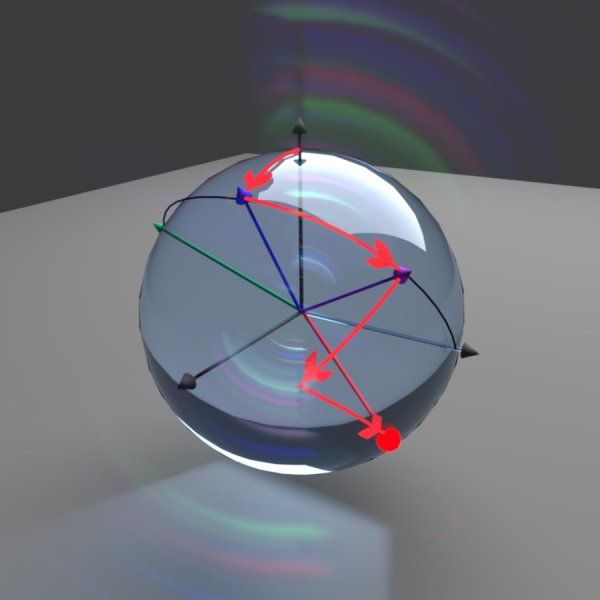Jul 21, 2016
From the lab: Better biomaterials for medical implants
Posted by Karen Hurst in categories: biotech/medical, computing
Wanted to share because I found this extremely interesting in what we’re discovery on implants and cells. I predict we are going to find out that in the next 7 to 10 years that we had some key things wrong as well as learned some new amazing things about cells especially with the synthetic cell & cell circuitry work that is happening for bio computing.
By Bikramjit Basu & his group Indian Institute of Science, Bangalore
For a variety of medical treatments these days, artificial, synthetic materials are inserted into the human body. Common examples include treatment for artery blockage and orthopaedic surgeries, like hip and knee replacements. Human bodies are not very receptive to foreign objects; most synthetic materials are rejected by the body. The choice of material that can be inserted, therefore, has to be very specific.
Continue reading “From the lab: Better biomaterials for medical implants” »
















